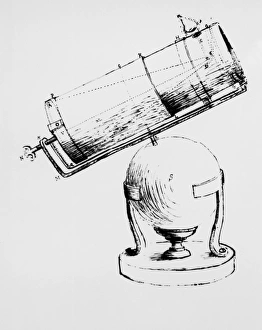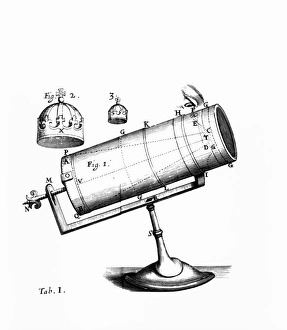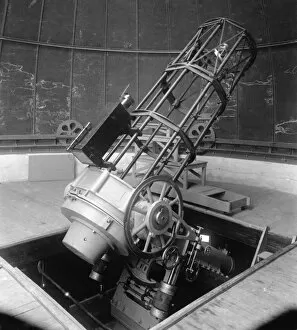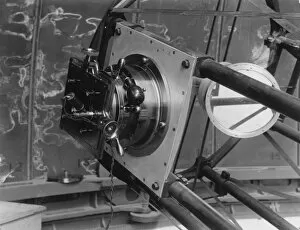Reflecting Telescope Collection (page 2)
The reflecting telescope, a marvel of scientific ingenuity and innovation, has a rich history that dates back centuries
All Professionally Made to Order for Quick Shipping
The reflecting telescope, a marvel of scientific ingenuity and innovation, has a rich history that dates back centuries. In 1689, the young Sir Isaac Newton, renowned English mathematician, astronomer, and physicist, made significant contributions to this field. A portrait of him from that era captures his brilliance and determination. Newton's telescope became an iconic symbol of his groundbreaking work in optics. Historical artwork showcases this revolutionary invention that forever changed our understanding of the universe. Caricatures like "Isaac Newton and the Apple" depict the famous moment when he formulated his theory of gravity. As an English physicist who revolutionized science in the 19th century, Isaac Newton left an indelible mark on astronomy with his discoveries. His legacy lives on through various depictions such as "PSCI2A-00005, " which immortalizes his contributions. Other notable telescopes emerged over time, including Herschel's Grand Telescope featured in Plate 505 from Encyclopaedia Britannica. This masterpiece exemplifies how technology evolved to enhance our exploration of space. Relics preserved within the Rooms of the Royal Society serve as a testament to humanity's relentless pursuit of knowledge. Engravings capture these artifacts while showcasing their historical significance. Reflecting telescopes have played a pivotal role in expanding our understanding of celestial bodies. The Royal Society has been at the forefront of promoting scientific advancements throughout history; lithographs depicting its influence stand as testaments to its enduring impact. One remarkable example is "The Great Telescope constructed by Lord Rosse. " Built between 1828 and 1845 by an unknown creator, it stands tall as a symbol of human curiosity and ambition. Whether through portraits or engravings or even caricatures capturing moments like Newton's encounter with an apple – each image tells a story about how reflecting telescopes have shaped our understanding of the cosmos over time.









